Dry rot and flat spots generally appear on a tire that is out of use for prolonged periods. Dry rot refers to the cracking and separation that can often be seen in the tire, which makes them unsafe for driving. Though it is also called dry rot, this is not to be confused with the type of fungal rot that can cause decay in timber.
Dry rot in tires can often happen with trailer tires because most trailers spend a lot of time sitting in a driveway or storage facility. Some trailers may be used once per week or every other weekend, but most are used during the long holidays like summer or a long holiday weekend. If a dry rot in your tire is caught early, a repair can be attempted by a professional with special sealants. However, once its past a certain level of damage, the tires have to be replaced to minimize the chance of a blowout or flat.
Another result of prolonged parking is the development of flat spots. A flat spot is exactly as the name suggests – it’s that flat area of the tire between the rim and the ground where the tire has completely deflated and conformed to the flat shape of its resting area. It being flat is not the issue so much as the wear and cracking that may result from the rubber being pressured between two hard surfaces. It’s not only frustrating but also expensive to purchase new tires that have become unusable without even wearing down the treading. Therefore, it’s imperative to minimize or prevent dry rot and flat spots in your trailer tires.
Here are some practical tips:
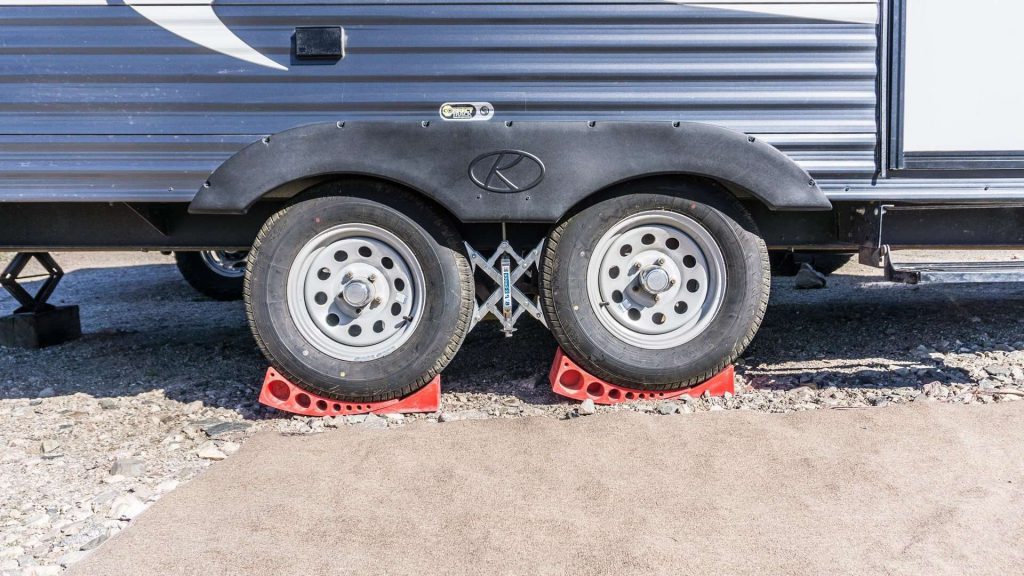
Inspection
You will want to inspect your tires at various intervals to ensure they are in good shape, and to spot any early dry rot symptoms. However, you need to know exactly what to look for. Check for brittleness in your tires because they will begin to lose moisture and the rubber will start to separate from the tire. You will also look for cracks in the sidewall and tread.
If it has cracks, this may affect the way the trailer drives and it’s overall handling, even if the depth of the tread is still great. Therefore you need to have them analyzed by a professional to see if they are salvageable, otherwise prepare to buy new tires soon. Tires that are experiencing dry rot often start to fade in color. They go from black to a more grey hue. It’s possible to start noticing fading before the cracking appears.
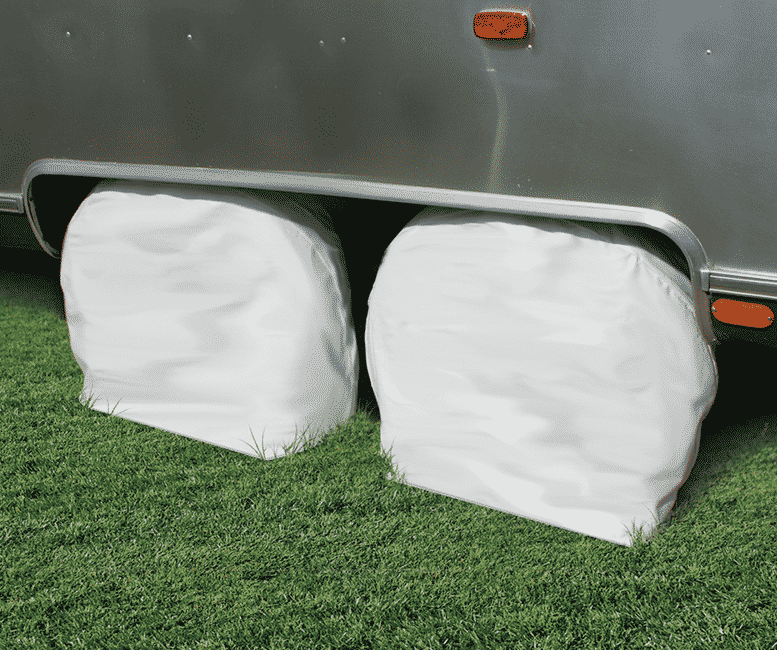
Storage
It goes without saying that where and how you store your trailer will have an effect on whether or not your trailer develops dry rot and flats spots. Trailers that are stored uncovered and outdoors, will stand a greater chance of developing dry rot due to the damage caused by UV rays.
Like our skin, tires can get dried out and damaged from the sun. The other elements in a seasonal climate will also have an effect. Therefore, it’s recommended that a UV protectant cover be used for both trailers and tires when it’s in storage. This is especially beneficial if the trailer will be in storage for extended periods. If getting UV covers is not an option at this time, you can try parking in shaded areas as much as possible.
In regards to flat spots, it is recommended to raise your trailer off the ground. This is especially beneficial if the trailer won’t be in use for a few months. This is will prevent the tires from constantly being pressured unto hot asphalt or concrete. You can jack up the trailer completely or roll the wheels over plywood to keep them from contacting the ground directly. As a matter of fact, if the trailer will not be used for several months to a year, you can remove the tires altogether and store them in a cool dry place.
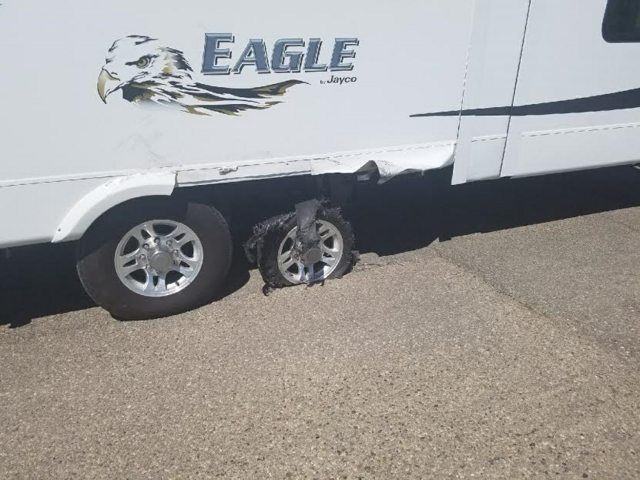
Tire Inflation
Some people under-inflate their tires in an attempt to get a smoother ride because overinflated tires tend to enhance every blip and bumps in the road. However, it is best to inflate the tires to the recommended levels to avoid premature wear and tear. While the trailer is not in use, you should still check the tires’ air pressure occasionally and keep them properly inflated to promote durability.
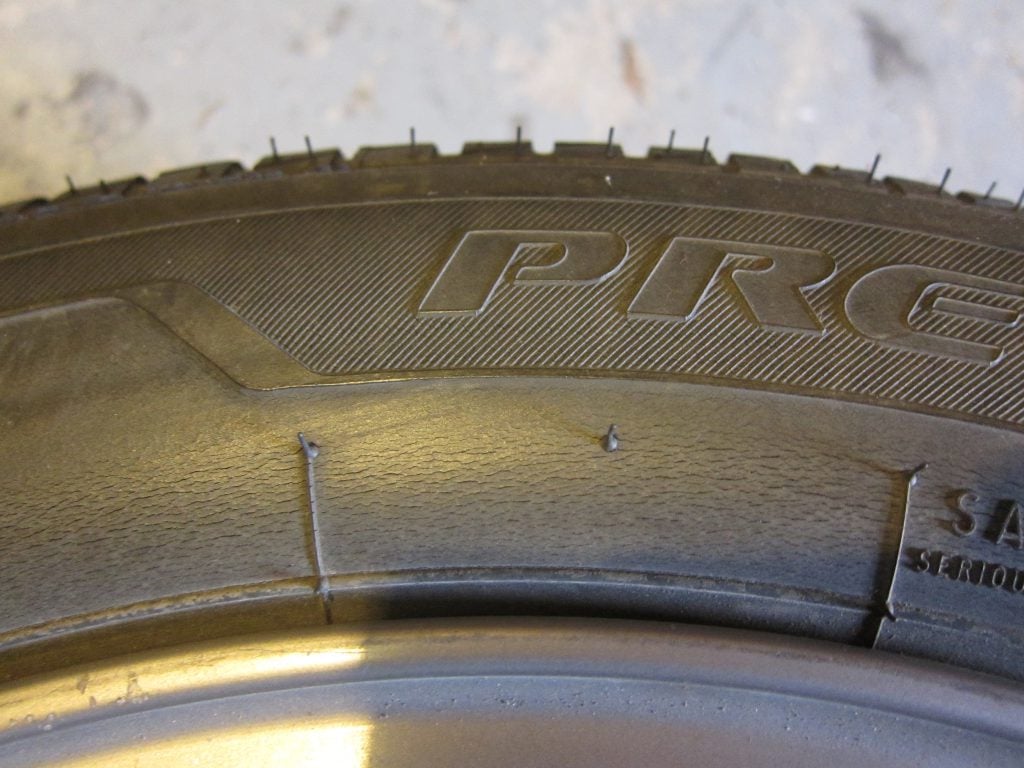
Cleaning
You may clean your tires as a part of your regular trailer cleaning routine, but if your trailer is in storage or not being used regularly, now is not the time to be using fancy chemicals to achieve “the look”. That black, new tire look that can carry off the appeal of the entire trailer is desirable, but the focus should remain simple. All you need for cleansing is water and a mild detergent, such as dishwashing liquid. Dishwashing liquids are typically water-based and do not have added chemicals that may degrade the materials and compounds of the tire. You only need to wash them with the detergent and rinse with regular temperature water. The reason to avoid fancy cleaners and cleaning products, is to completely avoid those that may possibly include petroleum-based components. These components can lead to degradation of the weathering elements in the rubber, which would make it more susceptible to the elements and dry rot
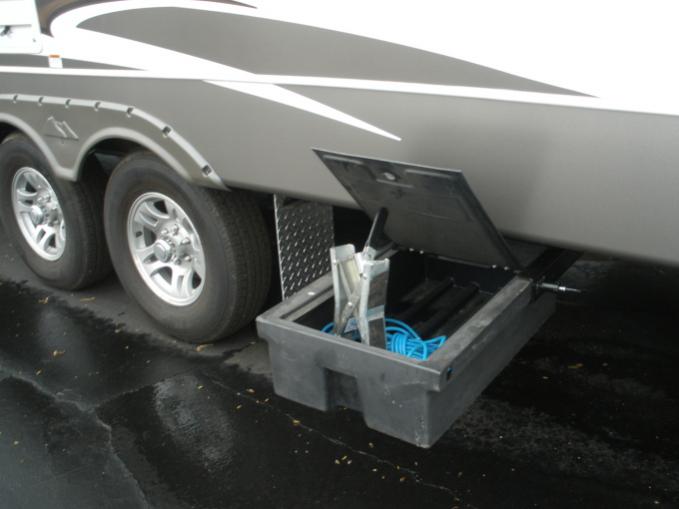
Weight Capacity
Trailers tires are made specifically for trailers and will indicate a maximum load capacity. This capacity would factor in the weight of the trailer itself as well as whatever it is carrying. If you overload the trailer and by extension, the tires, then you will be applying too much pressure, which can be damaging. This can be even more so if the trailer is left stationary for months with the attached overweight. This will quickly increase the chances of cracking and flat spots.
If it’s not possible to remove the extra weight or all the weight during storage, you should attempt to move the trailer in 12-week intervals to shift the pressure from one specific spot on the tire. This way the weight can be distributed and allow for a more even wear.
Good Tires
It goes without saying that you should have good tires to begin with. Try to get tires that are specifically made for trailers. You can find out from your retailer or check the sidewall of your tire for additional details. Aside from the capacity or load weight, the tire’s sidewall can also tell you the dimensions of the tire and what they should be used for. Trailer tires are made differently with reinforced sidewalls because trailers often carry weight. Therefore, the tires have to be able to handle the weight and still drive well. They may also be equipped with improved tread compound to provide additional resistance to rolling, which can be very handy on certain terrains.
Another feature may be rounded profiles and optimized treads, which would help with shock absorption as well as improve the overall performance while handling load. You should also check out the attached warranty to see what is covered and for how long, especially if you won’t be using your trailer often.
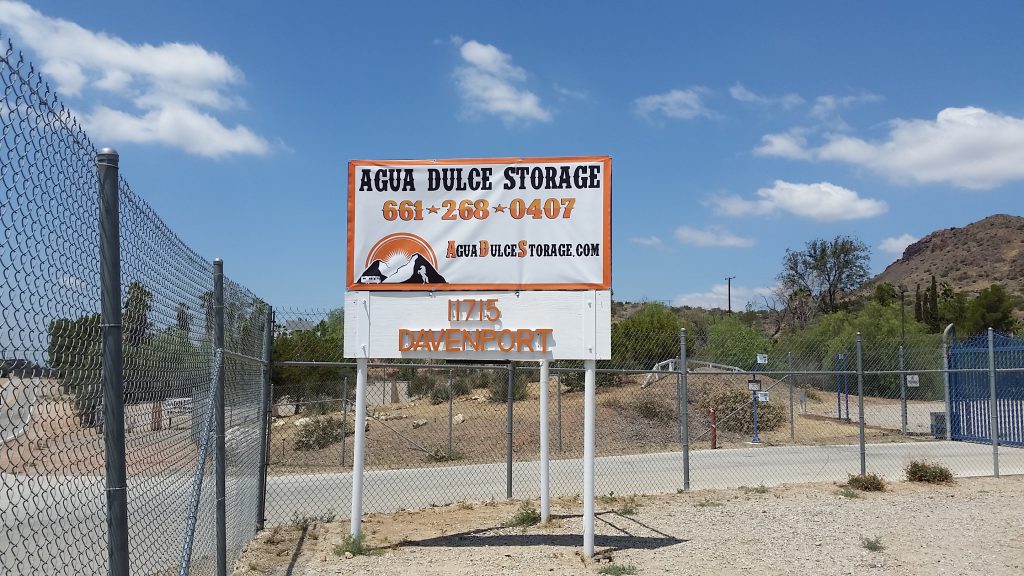
If you’re looking for a Storage Facility to securely store your RV or Boat, Agua Dulce Storage has got you covered! Here at Agua Dulce Storage, we offer a wide selection of parking units to accommodate for your need. To learn more about our storage facility, please check out our website at https://aguadulcestorage.com/.

